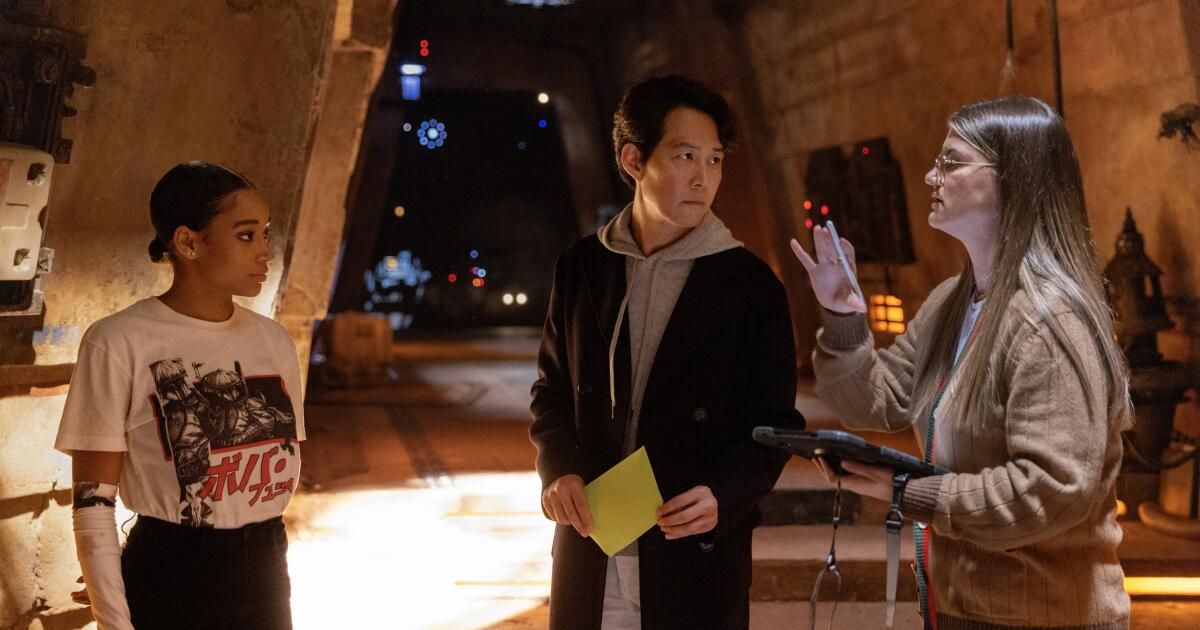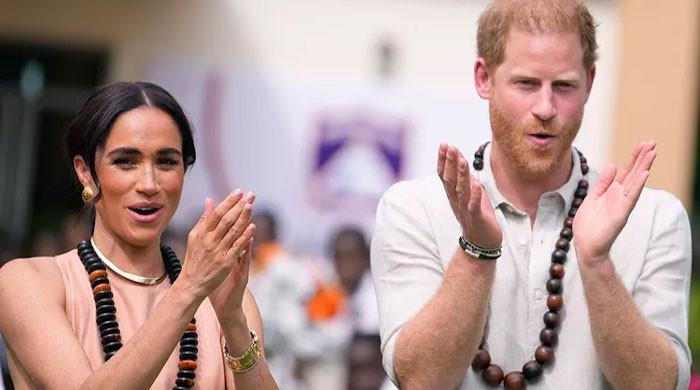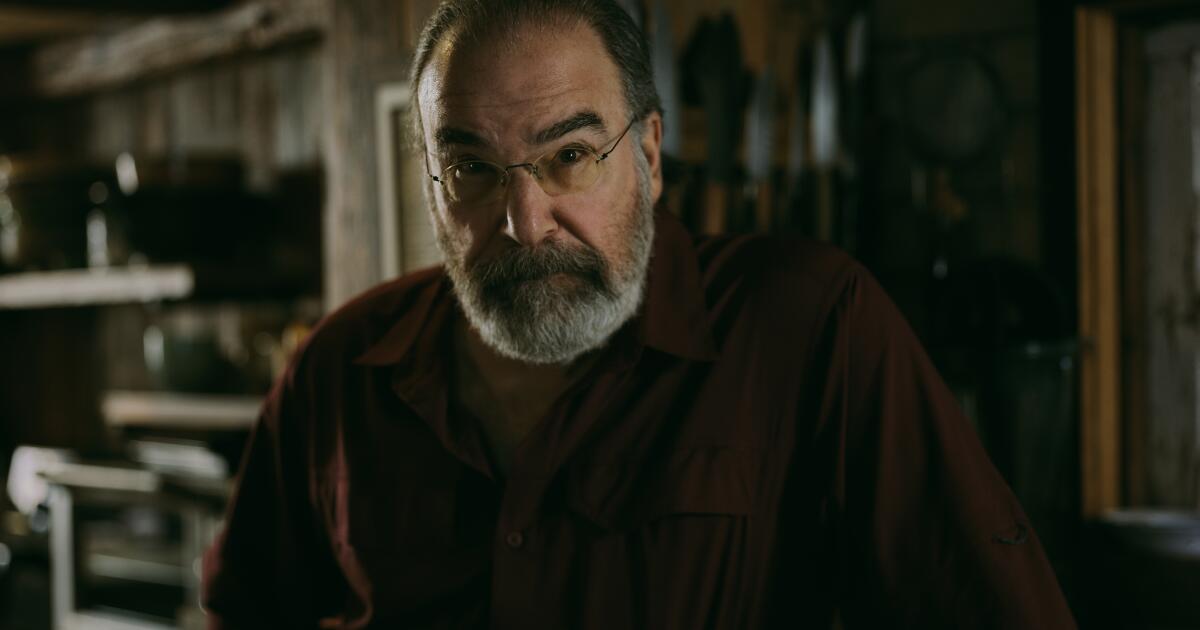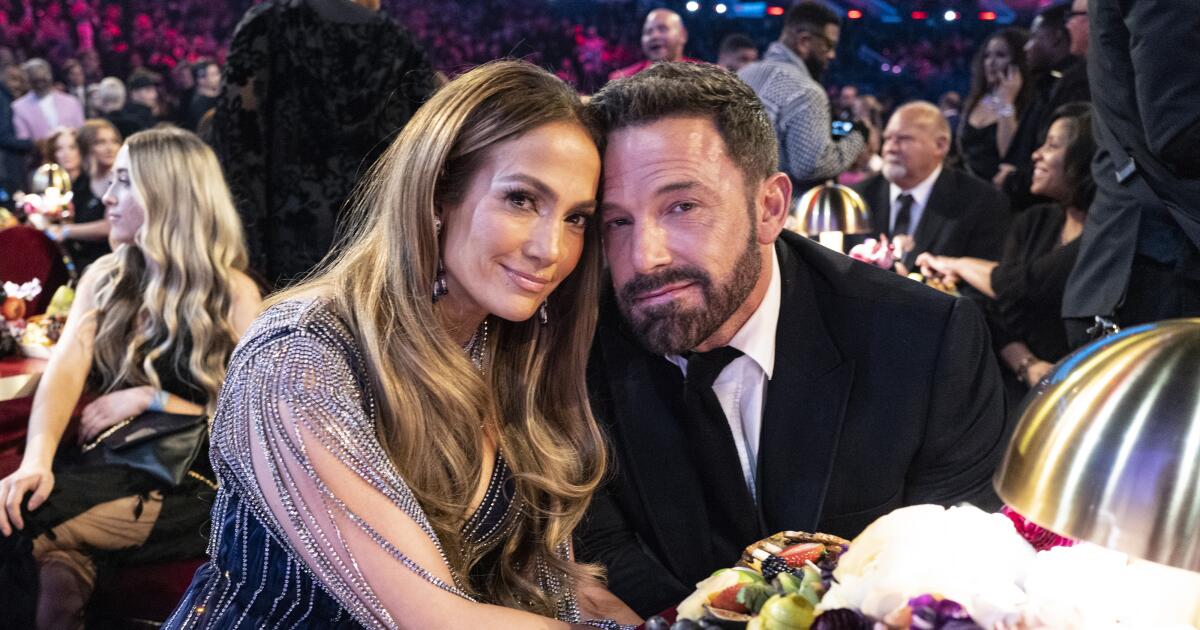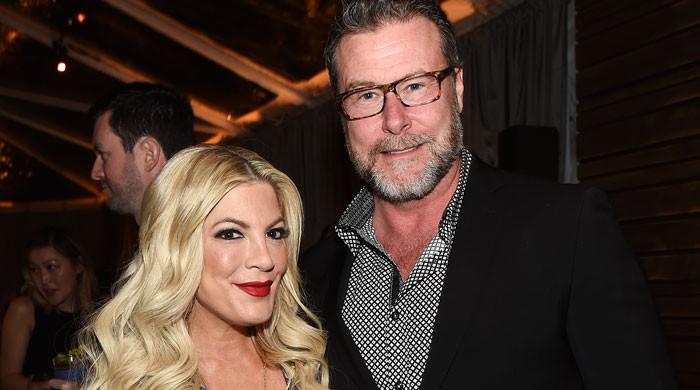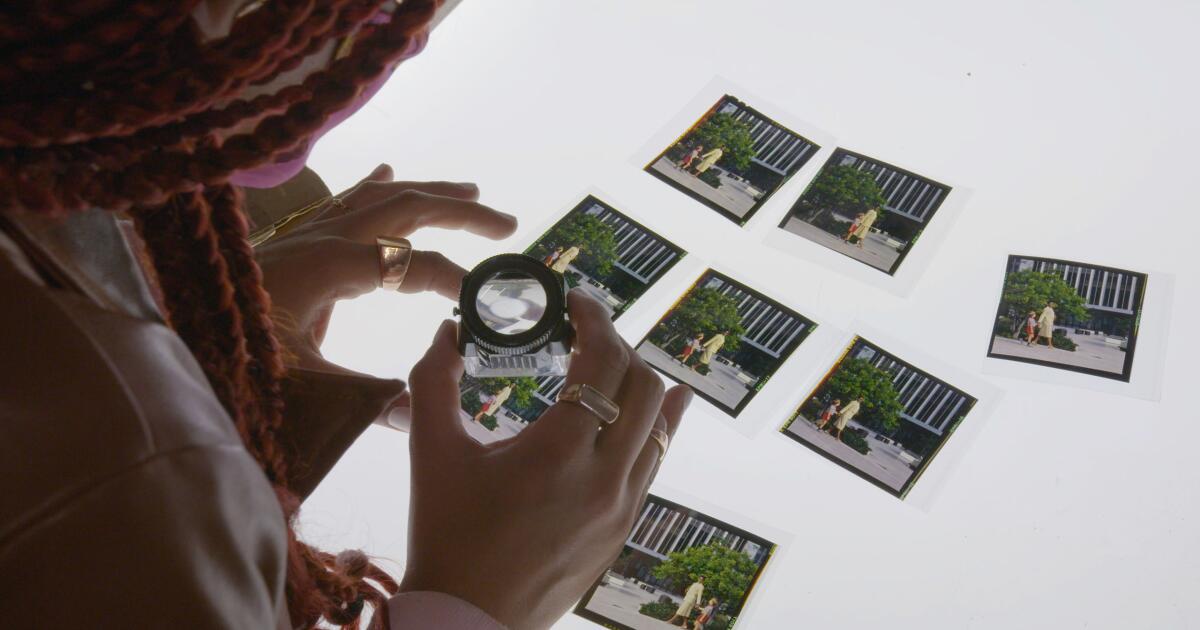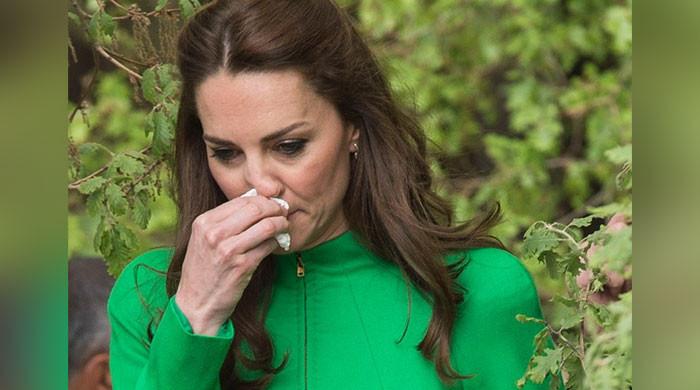Amandla Stenberg describes herself as “an average 'Star Wars' lover” before joining “Star Wars: The Acolyte.”
The actress, best known for her roles in films such as “The Hate U Give” (2018). “Bodies Bodies Bodies” (2022) and “The Hunger Games” (2012), she watched and loved the “Star Wars” movies when she was younger. But it wasn't until she was cast in “The Acolyte” that she delved into the history of the franchise.
“The 'Star Wars' universe is almost like a giant hive mind of conscious and subconscious ideas that so many creators contributed to,” Stenberg said. “I now have a deep appreciation and love for history, particularly Anakin Skywalker's journey from the prequels to the original trilogy, that I didn't have before and I become very obsessed with my own conspiracy theories.”
While Stenberg used his involvement in the series as an opportunity to expand his “Star Wars” IQ, “The Acolyte,” which premiered Tuesday on Disney+ with two episodes, requires no prior knowledge of the ever-expanding franchise. although he does have an affinity for the laser. Space mages with swords are a plus.
Created by Leslye Headland, who co-created the Netflix series “Russian Doll,” “The Acolyte” takes place approximately 100 years before the events of 1999’s “Star Wars: Episode I – The Phantom Menace,” during a period known as the High. Republican era. A time period explored primarily in the “Star Wars” novels and comics, it is an era of relative peace and prosperity for the Galactic Republic when the Jedi Order was flourishing.
Stenberg plays Osha and Mae Aniseya, twins at the center of an investigation into a series of attacks on Jedi. Helping lead this investigation is Jedi Master Sol, who had trained Osha during her time in the order.
Master Sol marks South Korean actor Lee Jung-jae's first English-speaking role. The Emmy Award-winning “Squid Game” star couldn't believe he was offered the role of a Jedi master and immersed himself in all the “Star Wars” movies and series to study the performances of the Jedi actors of the past.
Lee Jung-jae as Jedi Master Sol in “Star Wars: The Acolyte.”
(Christian Black/Lucasfilm Ltd.)
“I wanted to make sure there was some kind of connective tissue between Master Sol and the Jedi in these other shows,” Lee says through an interpreter. “I really wanted to express my admiration for these actors in my interpretation of Maestro Sol. [and] I hoped to be able to fully express myself in a unique way through paper.”
Lee, who first saw “Star Wars” as a child, thinks Sol and Mae's relationship is one ordained by fate.
“To meet a padawan or a student with natural abilities and develop such a special relationship, I think it's a very valuable thing,” Lee says. “You can see that Master Sun really wants to continue this connection with Osha.”
Stenberg similarly sees this “cosmic connection between Sol and Osha.”
“I often thought about how Osha has this innate ability and yet can never find the place where she truly belongs, including [among] the Jedi,” Stenberg says. But “regardless of how she doesn't fit into the Jedi world and didn't succeed there, Sol still maintains a lot of compassion and faith in her and sees her for who she is.”
The master-apprentice dynamic has been a part of “Star Wars” storytelling from the beginning. Jedi must adhere to strict codes that restrict how they express emotions and form bonds, and both Stenberg and Lee praise Headland for taking a different approach to the bond between Osha and Sol. Stenberg also credits Lee for the way in which the relationship soars.
“JJ imbued the character with so much warmth and heart in the only way she could,” says Stenberg. He “expressed the relationship in such a natural way and I felt guided by him and wanted to impress him like he was my teacher… I think Sol now has this particular quality of warmth that wasn't necessarily just on the outside. page.”
“I really wanted Master Sun to have a very humanistic aura because people don't necessarily see a Jedi that way,” Lee adds. “You can see such a brave and powerful Jedi, but I really wanted Master Sol to be unique. [and have] this human element for him [to] to help fans feel more empathy with him.”

Amandla Stenberg as Mae in “Star Wars: The Acolyte.”
(Christian Black/Lucasfilm Ltd.)
The fact that Stenberg will play twins in the series was kept secret for much of the lead-up to the series' premiere (trailers and other marketing materials focused primarily on Mae). But “Star Wars” has always been a franchise based on twins, and this family dynamic is another central relationship in the series.
“'Star Wars' is a universe about the duality and conflict of these two opposing forces and the idea of balance,” says Stenberg. “For me, being able to imagine the Force manifesting in different people or bodies was a very interesting interrogation into the different parts of me that are always in conflict with each other, or that are sometimes in harmony with each other.”
Stenberg, who says the Force's origin story is one of his favorite stories from “Star Wars: The Clone Wars,” has a lot of ideas about the nature of the franchise's metaphysical concept and central energy. (She's also aware that it's a hot topic of debate among fans.) And “The Acolyte” is set to challenge some of these ideas about the light and dark side, as well as the role of the Jedi.
“I play a character whose use of the Force doesn't really fall into either of those. [of the light side or dark side] for the planet he comes from and the community he grew up in,” says Stenberg. “So it opens up this world for us creatively to explore what that relationship is because there are so many different types of Force users throughout the galaxy.”
Beyond those deeper themes, there's also a lot of action involved, from hand-to-hand combat to gunplay, and Lee was particularly impressed with Stenberg's commitment and tenacity to get things right.
“I think the work that Amandla did was just incredible,” Lee says. “I had to practice a lot for both Osha and Mae. She had many action scenes, even small ones, between the big action scenes. Just watching her train and accomplish all this, I applauded myself, I thought she was doing a great job. “
Still, it's the interpersonal dynamics and internal conflicts that Stenberg pokes fun at.
“'Star Wars' has always been about family drama,” Stenberg says. “That's what I love about this. It's like a space opera, a western, and a samurai series, but at the center, emotionally and fundamentally, there is always this compelling story about love, loss, and family.”

